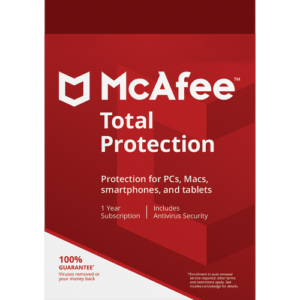Multi-Device Malware Defense is a comprehensive security strategy designed to protect a wide range of electronic devices from malicious software, often referred to as malware. In an era where smartphones, tablets, laptops, desktops, IoT devices, and more are interconnected, this defense approach acknowledges the need for a holistic, multi-layered, and proactive defense mechanism.
This defense strategy integrates various components:
- Real-Time Monitoring: Continuous surveillance of all connected devices for any signs of malware intrusion. This includes the use of intrusion detection systems and behavior analytics to spot anomalies.
- Anti-Malware Software: Employing robust antivirus and anti-malware solutions that are regularly updated to detect and neutralize known threats. These tools can also offer features like firewall protection and email filtering.
- User Education: Educating users about safe online practices, the dangers of clicking on suspicious links, and the importance of strong, unique passwords. User awareness is a vital component in defending against malware.
- Patch Management: Ensuring that all devices have the latest software updates and security patches. Unpatched software can provide vulnerabilities for malware to exploit.
- Network Security: Protecting the network infrastructure with firewalls, intrusion prevention systems, and encryption protocols to shield against network-based malware attacks.
- Data Backup and Recovery: Implementing regular data backups and a robust recovery plan to mitigate the damage caused by malware attacks, such as ransomware.
- Device Segmentation: Isolating critical devices from less secure ones through network segmentation, minimizing the potential spread of malware.
- Threat Intelligence: Utilizing up-to-date threat intelligence to understand emerging malware threats and proactively adapt defense mechanisms.
- Behavioral Analysis: Employing advanced techniques to analyze the behavior of software and devices, helping to detect zero-day and polymorphic malware.
- Incident Response: Developing a clear incident response plan to swiftly contain and mitigate the impact of malware outbreaks.
In an age of rapidly evolving cyber threats, a Multi-Device Malware Defense strategy is essential to safeguard sensitive data, personal information, and the functionality of an interconnected digital world. It combines preventive, detective, and corrective measures to ensure the security and integrity of multiple devices across various platforms and operating systems.
- Display 15 Products per page

 McAfee Antivirus Plus
McAfee Antivirus Plus McAfee AntiVirus Plus
McAfee AntiVirus Plus

